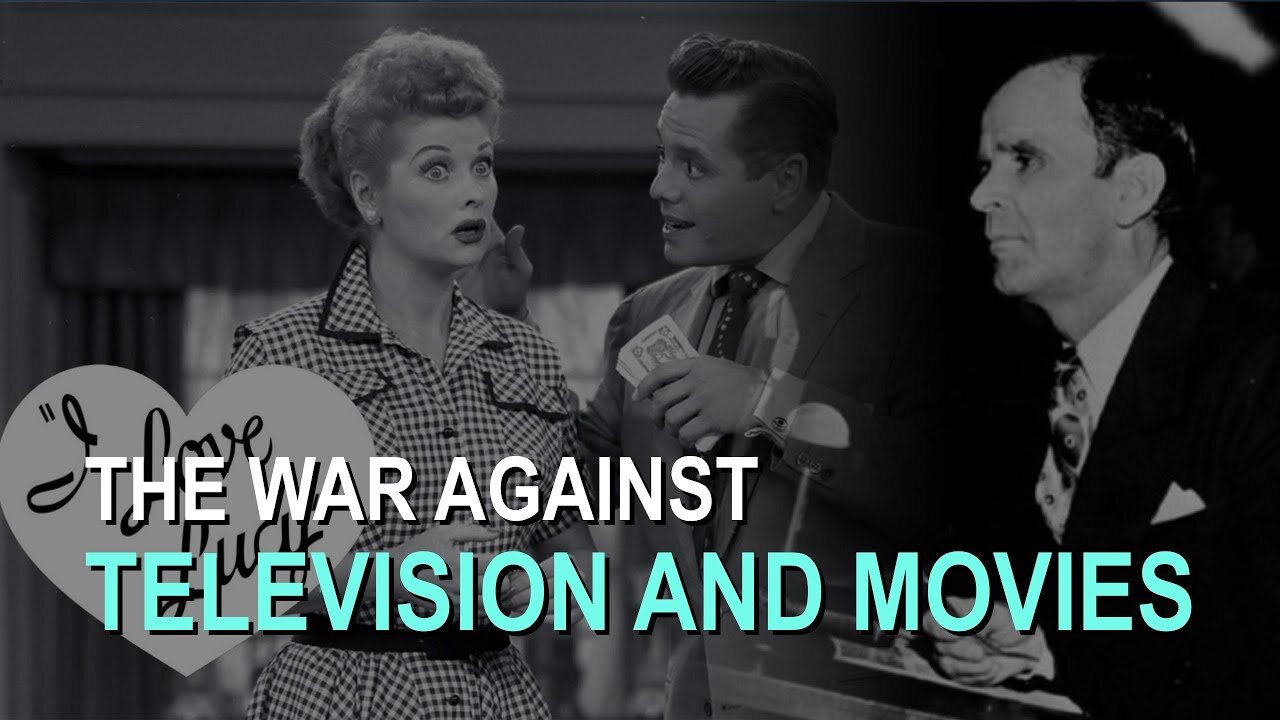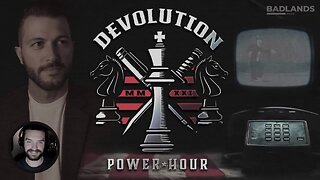Premium Only Content

The War Against Movies and Television
The war between white supremacy and the television/film industry has been waged since the re-organization of the Ku Klux Klan in 1915. Due to the strong influence of leaders in white supremacy on American religion, it is a battle that was and is often fought through religious leaders.
When the Ku Klux Klan was rebirthed in 1915, it came on the heels of D. W. Griffith's film "The Birth of a Nation." In many ways, the film was responsible for reviving the Klan after the 1865 Klan died out. The film depicted people with black skin as inferior predators of white women and those who supported racial equality in Washington as "Radical Republicans". The racist narrative was widely accepted as historical fact, and when the Klan was rebirthed in Atlanta under Colonel William Joseph Simmons, it presented itself as the solution to the problem that the film created.
When New York World exposed the Ku Klux Klan as a domestic terrorist organization in 1921, however, many of those "values" were not so widely accepted — especially in the northern states. The film industry shifted dramatically, and films produced were not aligned with the agenda of white supremacists. As the studio system was introduced and the Golden Age of Hollywood began to form, many of those involved did not support the Klan's agenda. Yet the media they produced was largely popular and highly influential. White supremacists began to fear that the film industry would have a greater influence on the nation than that of their own propaganda engine.
Though it was short-lived, the solution in the 1920s was a counter-offensive. The Klan began to produce films of their own. The films were played in cinemas owned or run by Klansmen or white supremacists sympathetic to the Klan's agenda. One theater in Noblesville, Indiana, for example, advertised that patrons could view the film "before or after the K.K.K. parade tonight" and that the theater was "Kool, Kozy, and Klean." In regions where the religious communities were sympathetic to the Klan, local churches, schools, parks, and other public venues played the films.
William Branham, the leader of the Post WWII Healing Revival mentored by the Klan's 2nd-in-command, Roy E. Davis, introduced themes into the revivals such as "The Invasion of the United States" targeting Hollywood's influence. He ridiculed Television programs opposed to Klan values, such as "I Love Lucy" which portrayed an interracial marriage. Though William Branham owned a Television set and frequently watched it in his home or in hotels,[9] he strongly condemned owning a Television and claimed that he would never have one in the home because "God told me not to do it".
You can learn this and more on william-branham.org
Television and Movies:
https://william-branham.org/site/research/topics/movies_and_television
-
 56:51
56:51
William Branham Historical Research
12 days agoEscape From Legalism: Church of God of Prophecy - With Kathleen Tsalopoulos - Our Stories - 313
171 -
 12:48
12:48
T-SPLY
12 hours agoDemocrats Keep Digging Their Own Hole Over El Salvadorian Prisoners
12.8K39 -
 2:55:26
2:55:26
FreshandFit
7 hours agoLuke Belmar ROASTS Girls For Being High And Unmarried!
78.2K59 -
 2:16:58
2:16:58
Badlands Media
7 hours agoDevolution Power Hour Ep. 348: Culture War Cage Match – Trump, UFC, and Narrative Warfare
70.9K27 -
 4:08:04
4:08:04
Akademiks
5 hours agoDay 8/30. Shannon Sharpe Over Cooked? Accuser Drops more Audio.' Uzi Rushed to Hospital? Kevin Gates
37.8K8 -
 8:08
8:08
JustPearlyThings
4 hours agoPearl Daily Live Stream
28.1K8 -
 1:00:04
1:00:04
Iggy Azalea
5 hours ago $7.99 earnedF**K strategy Its boring. Risky moves only tonight...
50.1K19 -
 2:48:37
2:48:37
TimcastIRL
7 hours agoDoD Branch Chief GOES ROGUE, Vows To RESIST Trump, Tulsi Refers Leakers For PROSECUTION |Timcast IRL
198K202 -
 1:04:56
1:04:56
Man in America
11 hours agoWAIT!? China's Population is LESS THAN 500M? Expert Reveals SHOCKING Data
51.8K51 -
 6:00:07
6:00:07
RalliedLIVE
11 hours ago $4.11 earnedWednesday Warzone Special w/ Rallied
64.7K5